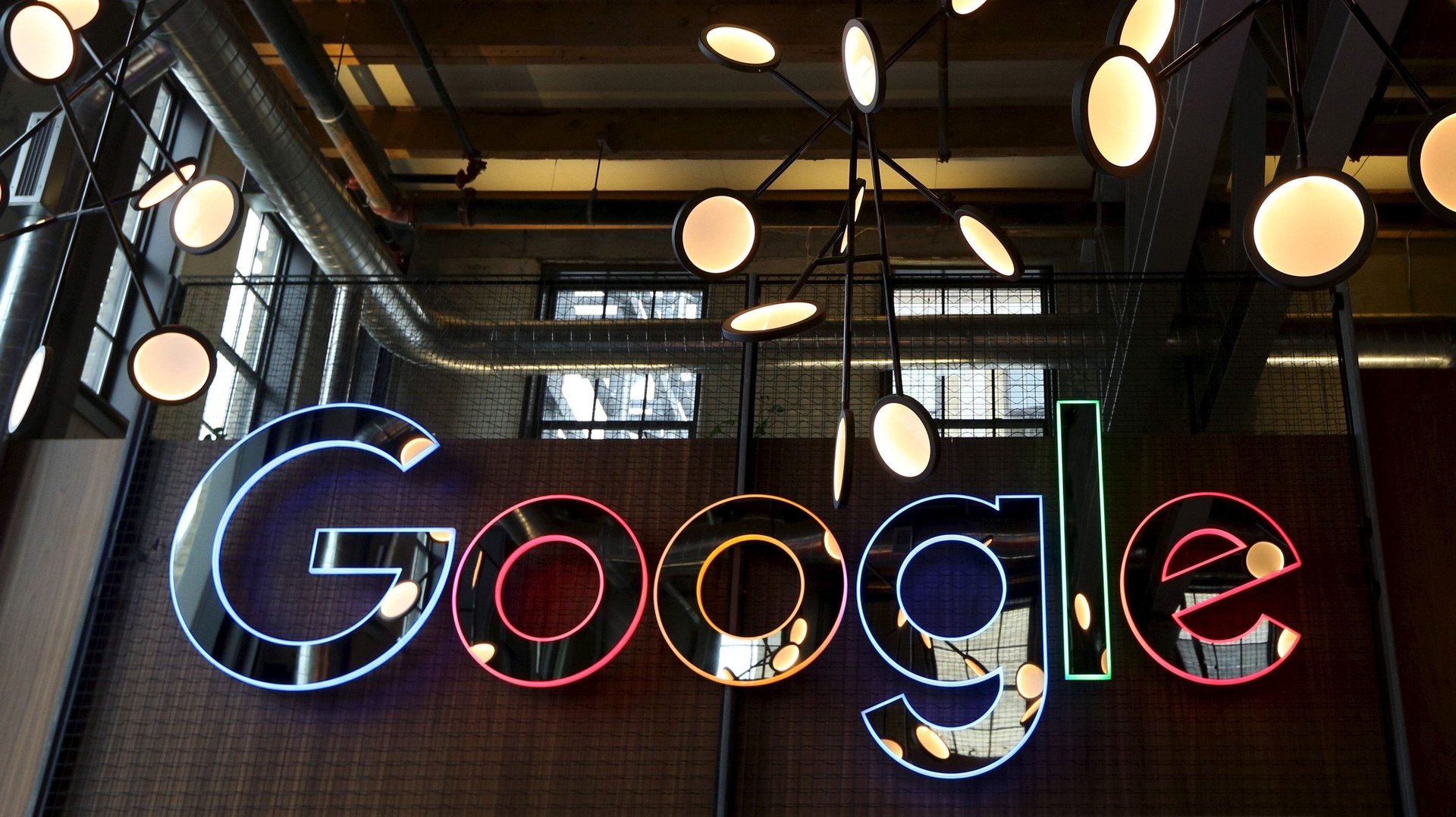Sundar Pichai gave a sneak peek into Google’s playbook in India
Google has already delivered several India-specific innovations such as a lighter version of its Android operating system and the option to search in local languages. But the company wants to do more.


Google has already delivered several India-specific innovations such as a lighter version of its Android operating system and the option to search in local languages. But the company wants to do more.
The internet search giant will continue to invest in innovation and talent in India, Google CEO Sundar Pichai said during the Q2 2018 earnings call for Alphabet, Google’s parent company, on July 23.
“…beyond just getting our products working better, we’re going to (be) opportunistic, we are investing in talent in these countries,” Pichai said. “And there is a lot of innovation, which is going to happen from these countries, both for their own markets and for the world beyond. And we want to be in a position to do that well.”
By 2019, the company aims to employ 13,000 people at its Hyderabad campus, the largest outside the US.
Here’s everything Pichai said about India during the earnings call:
Google’s free internet
“I want to give a quick shout out to the work that we are doing to build great specialised products for the next wave of people coming online for the first time in countries like India, Indonesia, Brazil, and Nigeria, many of whom experience the web only through their mobile phone. This is a big area of focus for us.
Through a great partnership with Indian Railways, and RailTel, we have hit our goal of enabling high-speed public wifi in 400 train stations across India. We’ve also rolled out this Google Station model in Indonesia and Mexico with more to come soon.”
Already, over 8 million Indians use the service. The internet speed provided by Google is faster than several paid services in the country. Google is now going beyond railway stations, setting up public wifi in gardens, hospitals, police stations, and offices, too.
Google Maps
“Through our improvements in machine learning, we have seen a 25x increase in our ability to build maps algorithmically, and we have added 110 million algorithmically drawn buildings to Maps, since the beginning of this year.
And with over 1 billion users, we’re continuing to see tremendous growth in maps with especially strong growth in countries like Indonesia, India and Nigeria, each of which are growing over 50% year-on-year.
Google has made several India-specific tweaks to Maps. For instance, recognising India as the world’s largest two-wheeler market, in December 2017, Google Maps added the two-wheeler mode to give riders shortcuts. It also gives users the options of adding unique area codes and landmarks for easier navigation.
Google Tez
When asked about the business potential beyond just advertising, Pichai said:
We do see unique opportunities in these (emerging) markets, which are different from our more mature markets. You’ve seen us address that (payments) exclusively with Google Tez in India. And so, we will look to do more like that.
The payments gateway launched by the company last September quickly picked up steam. Within months, Tez captured over half of the transactions done using the Unified Payments Interface, which lets users directly transfer money between bank accounts with unique IDs.